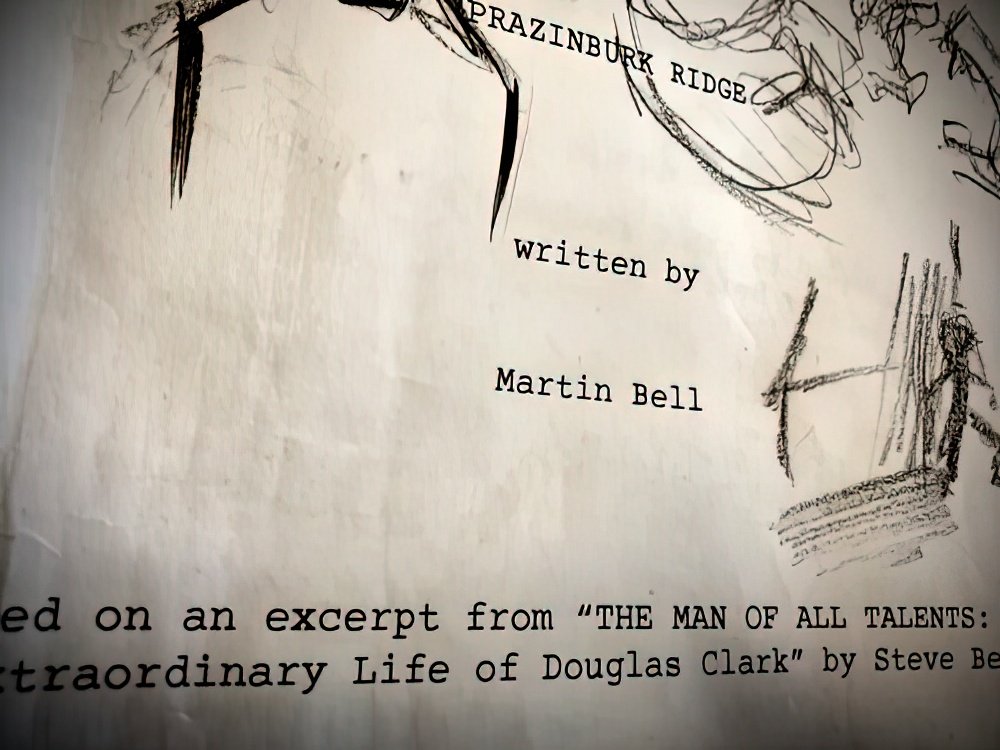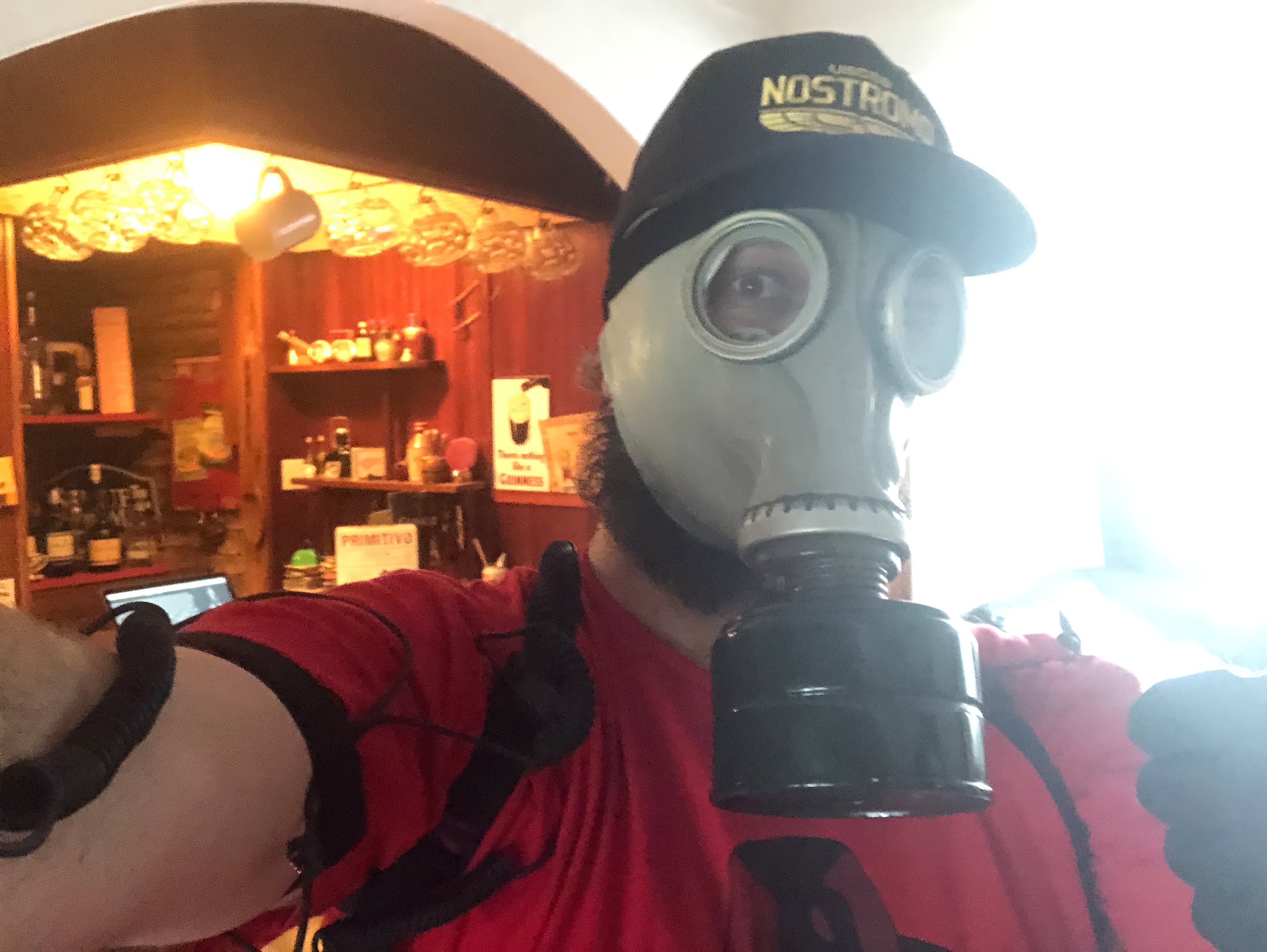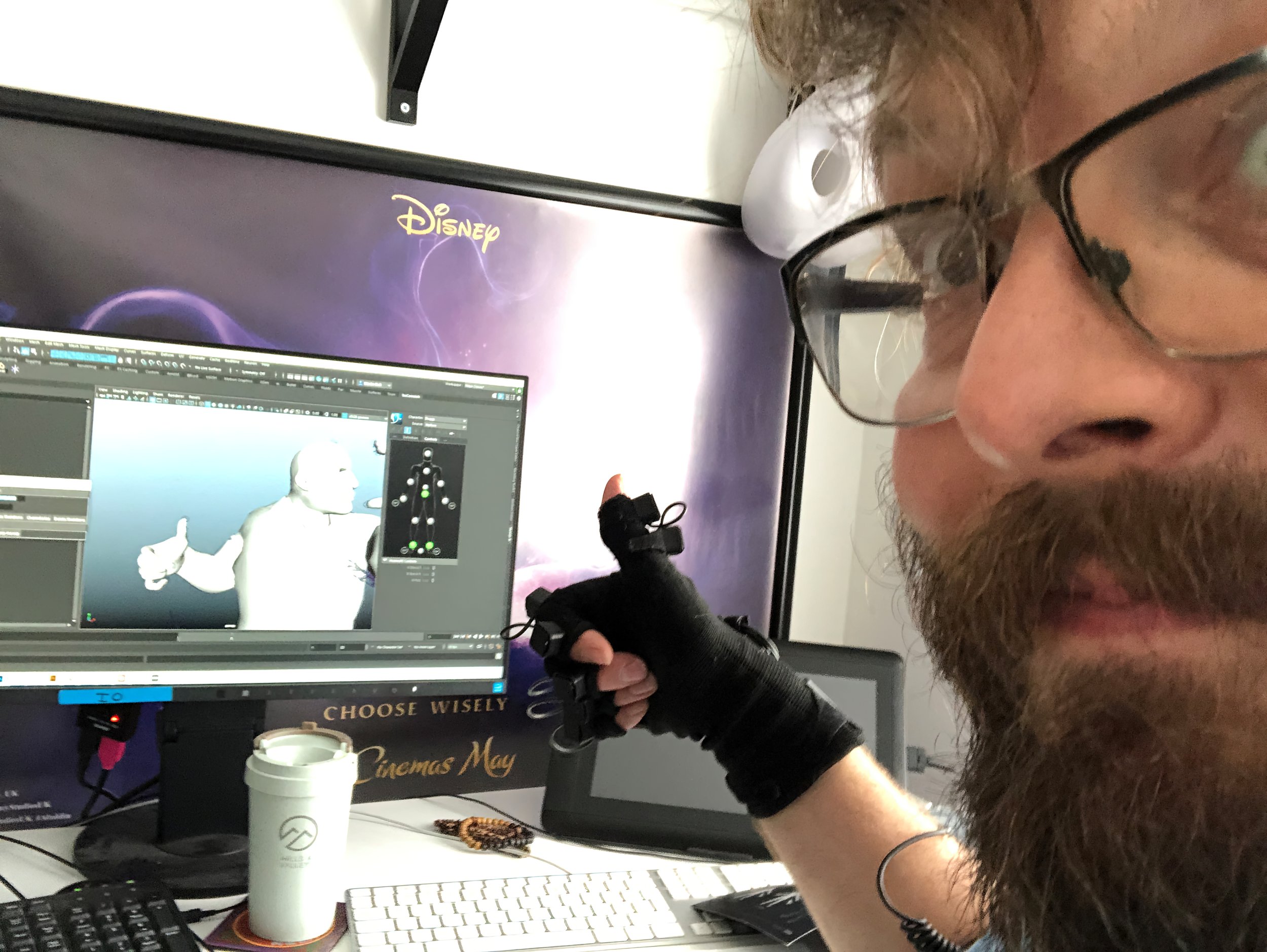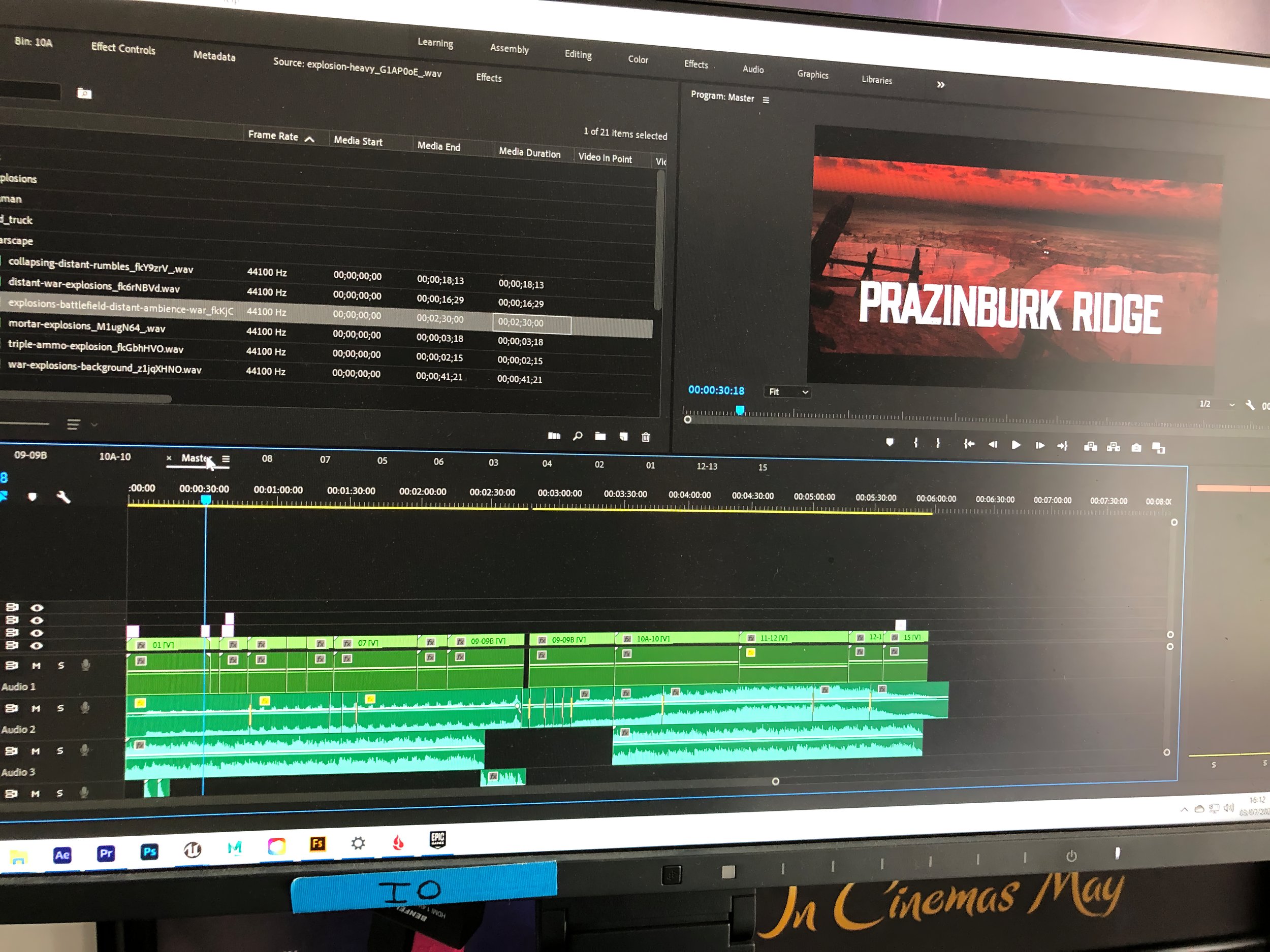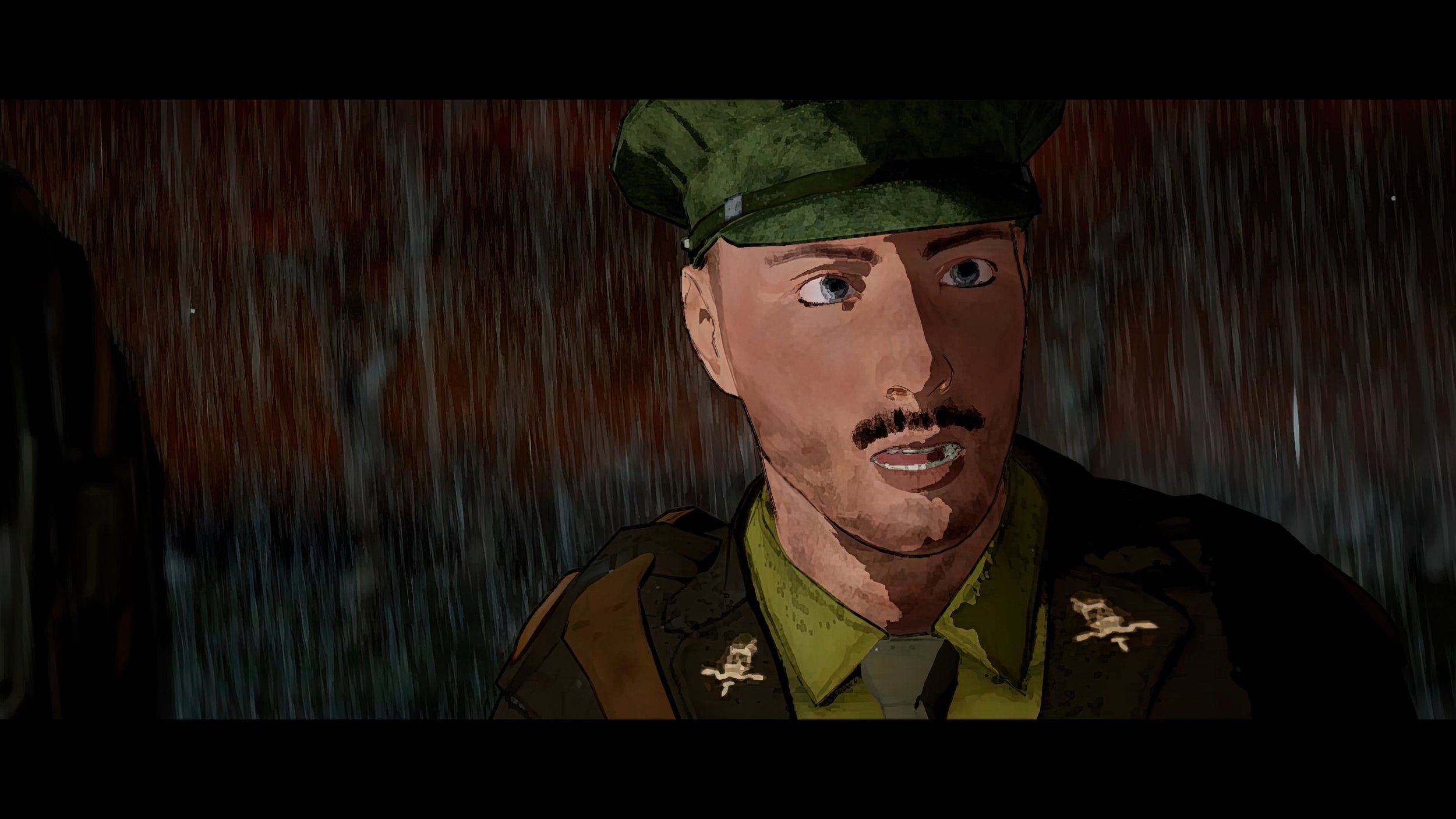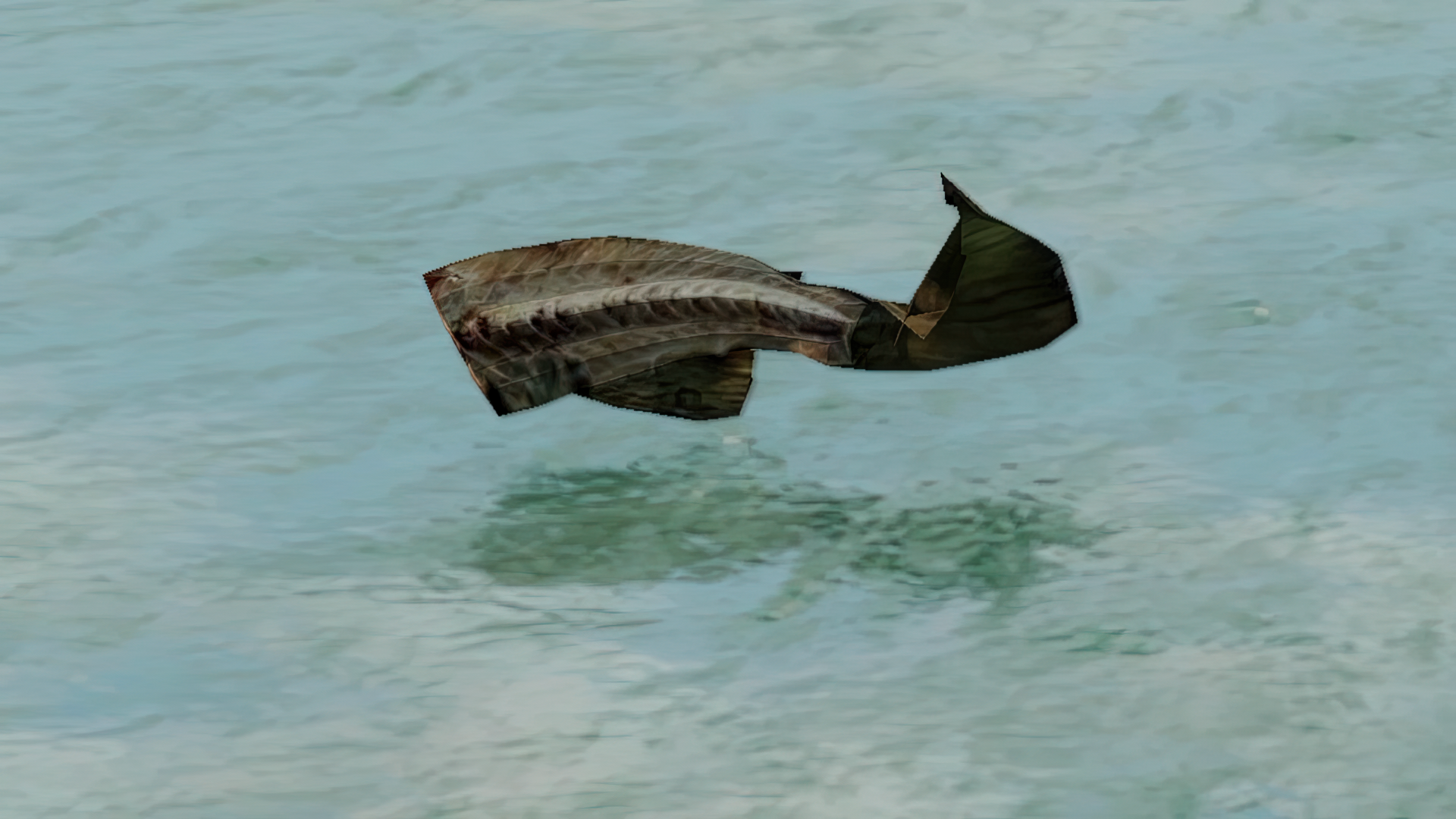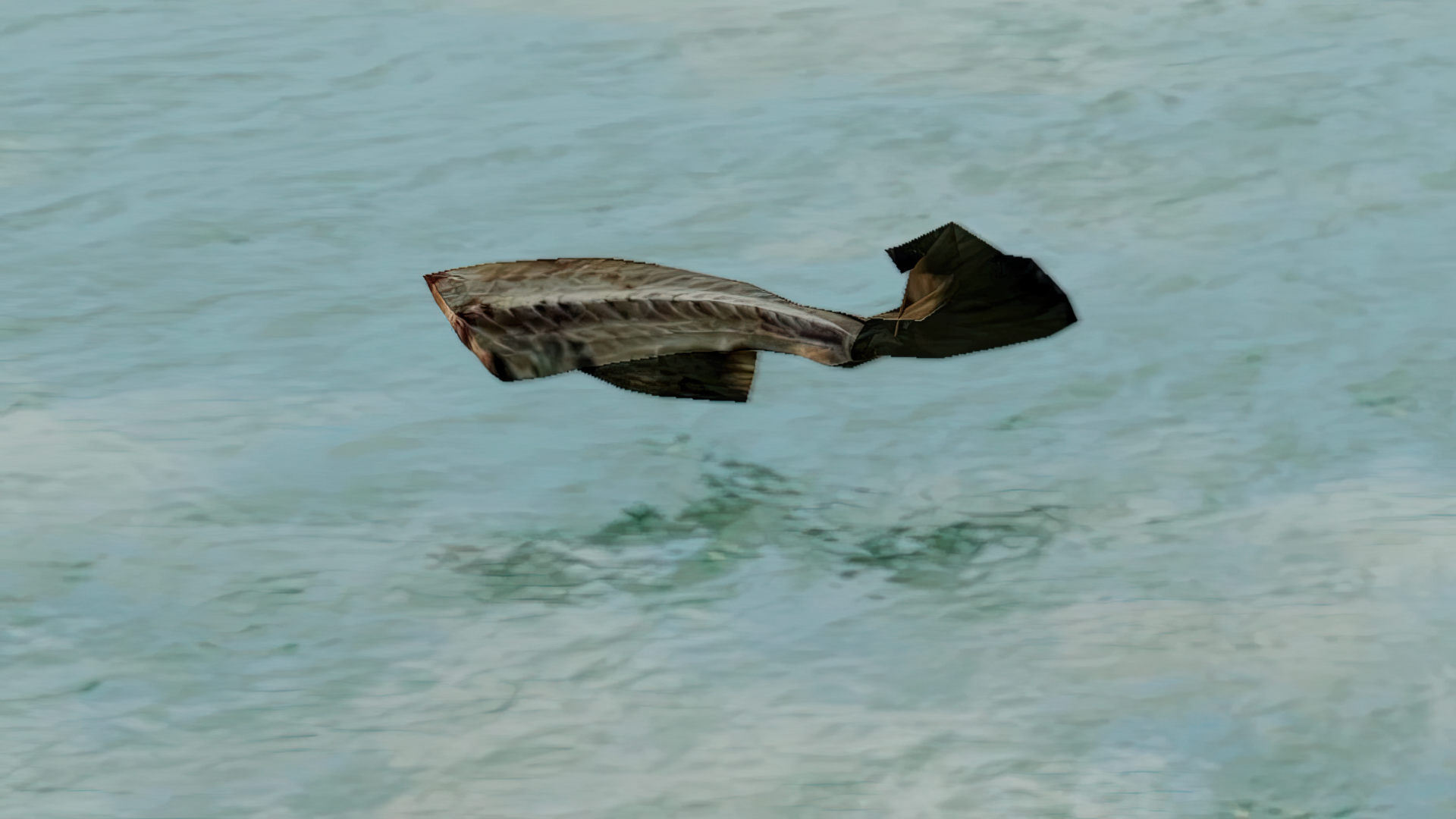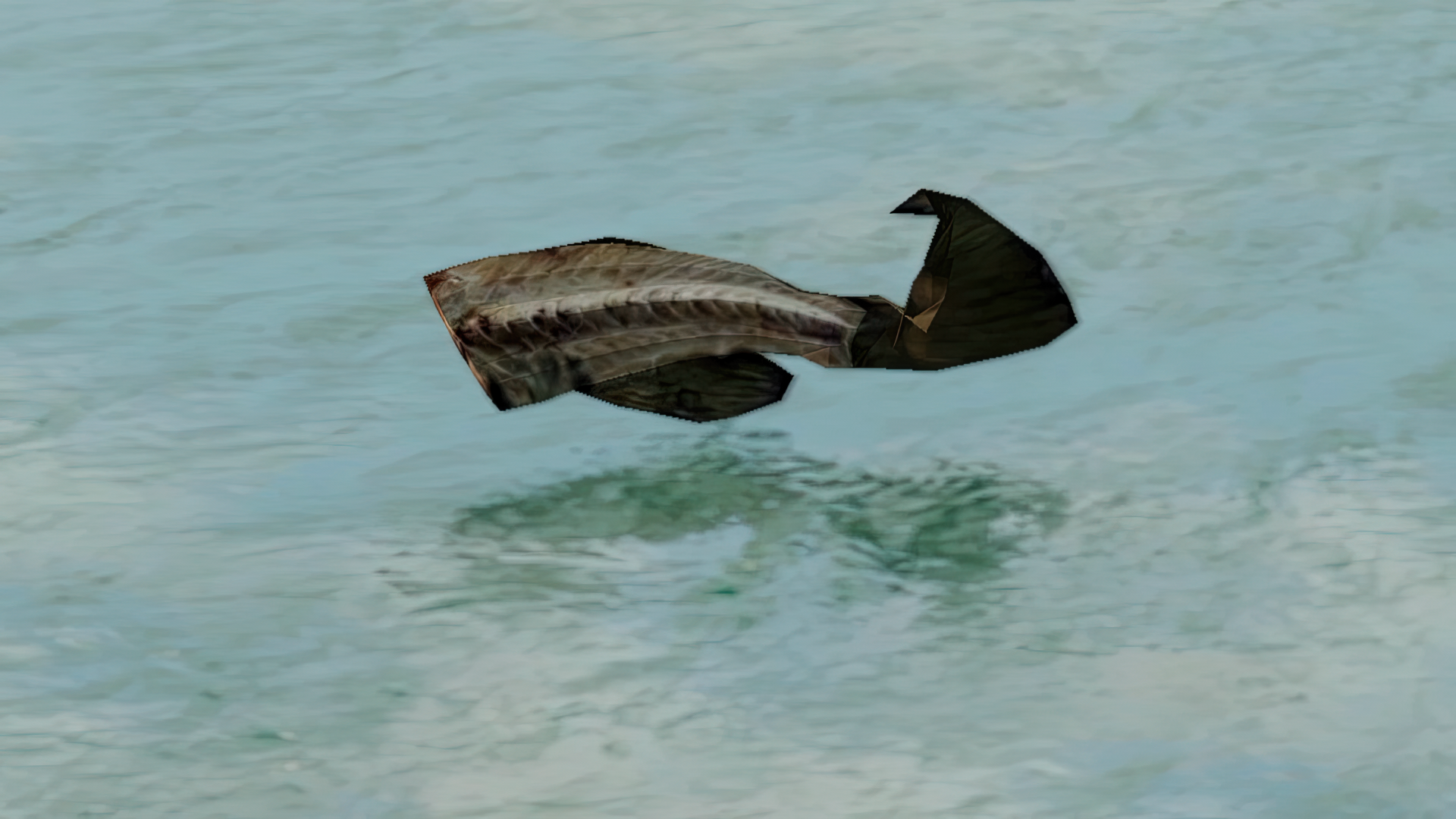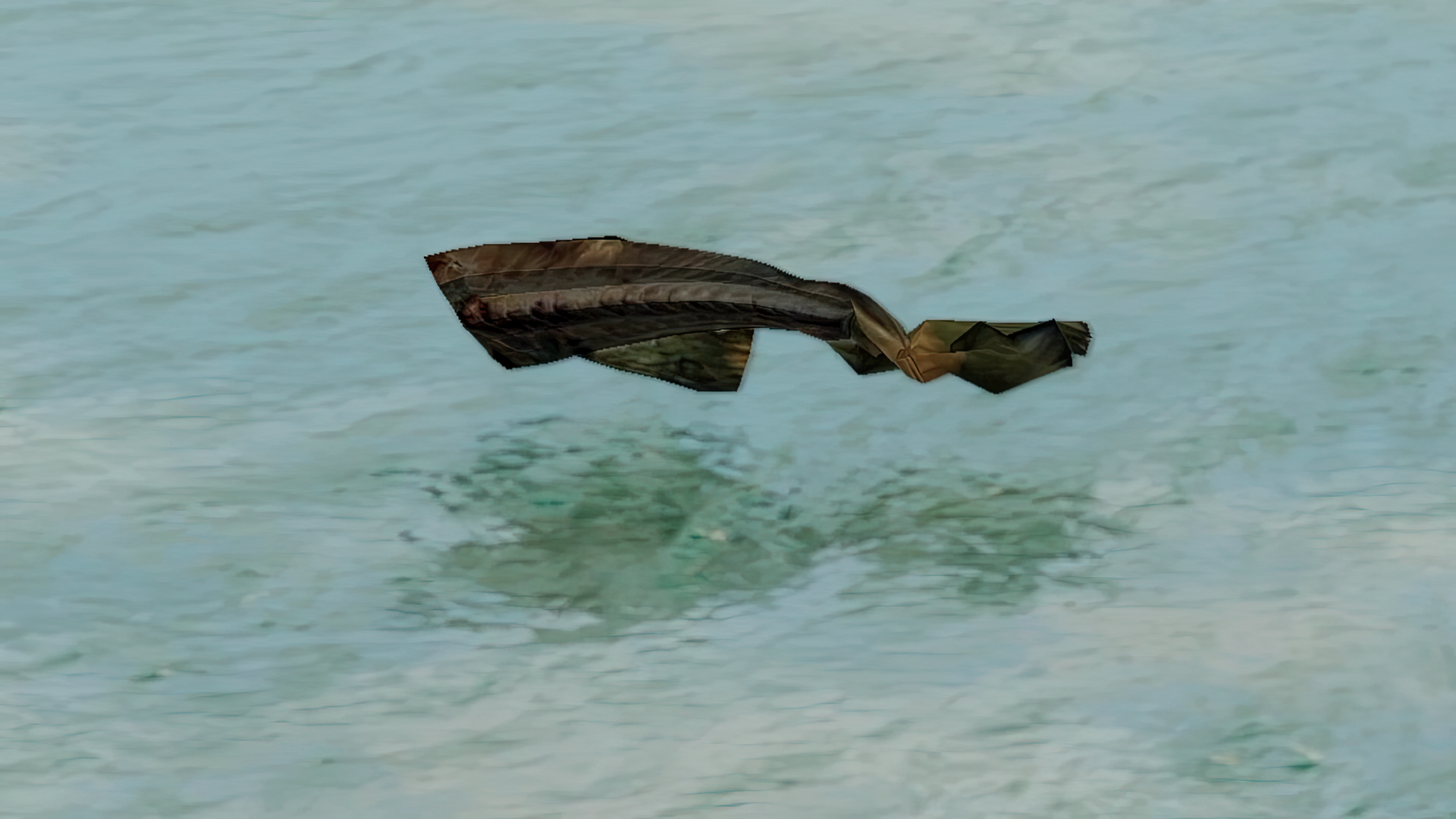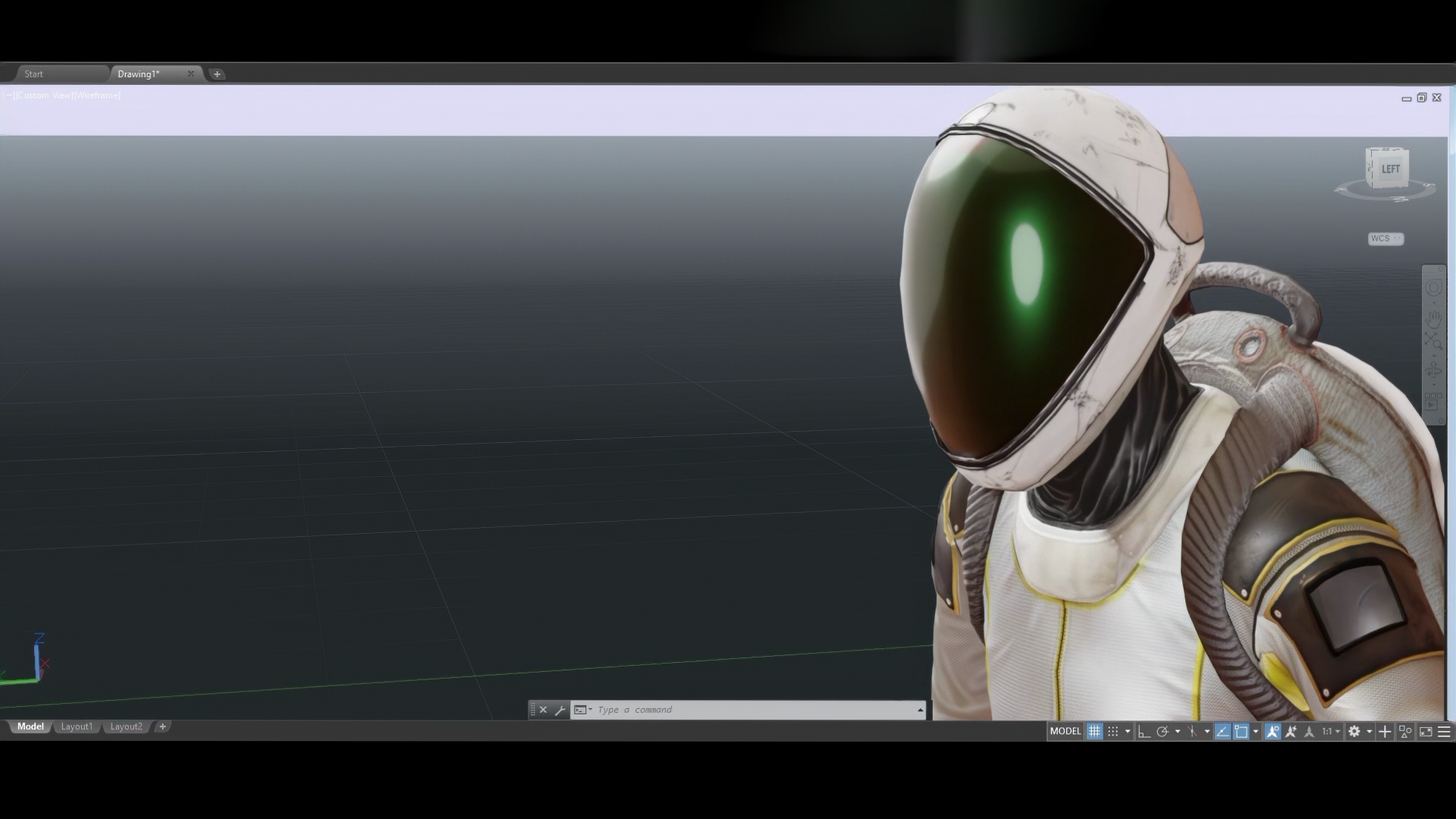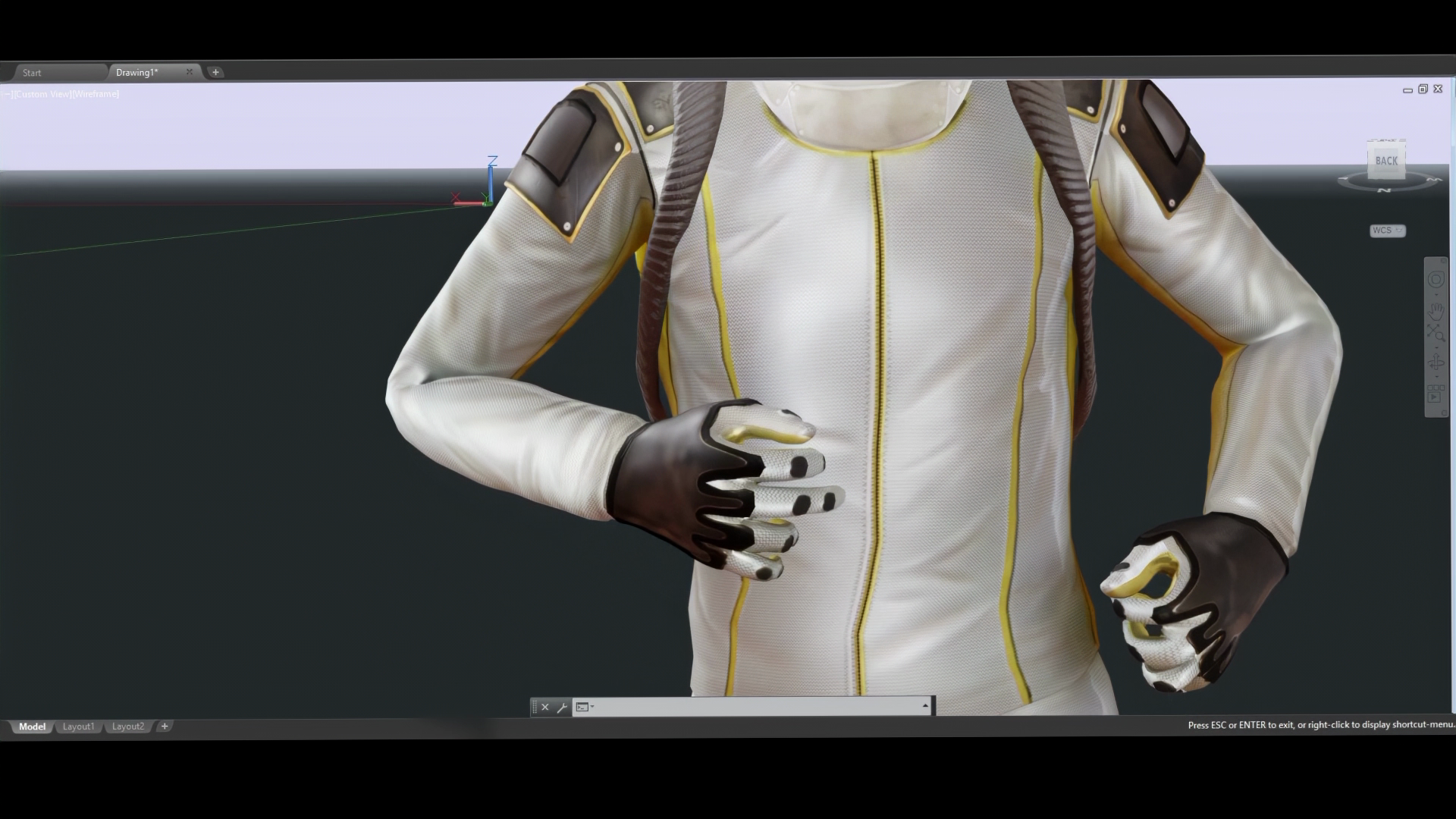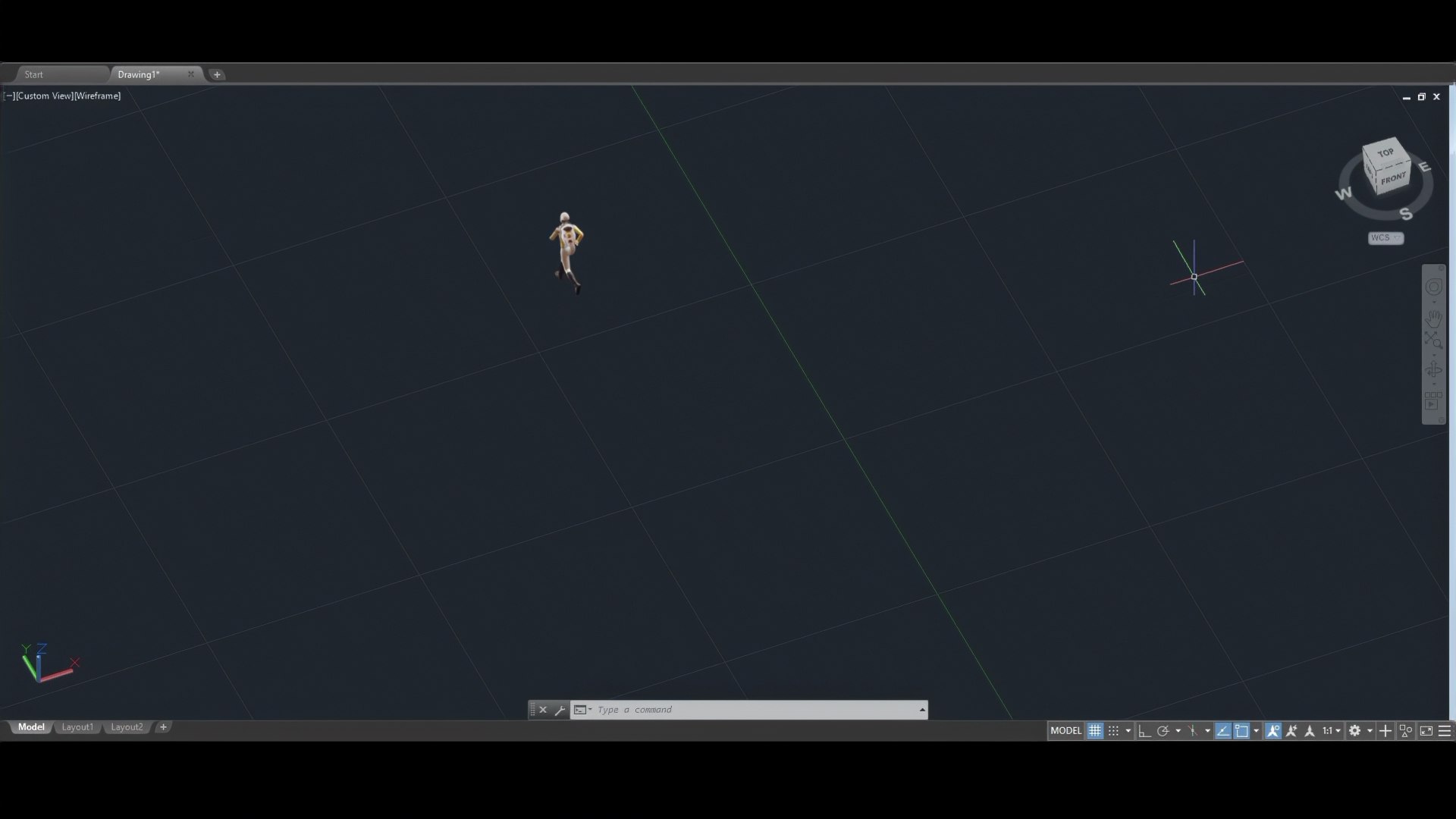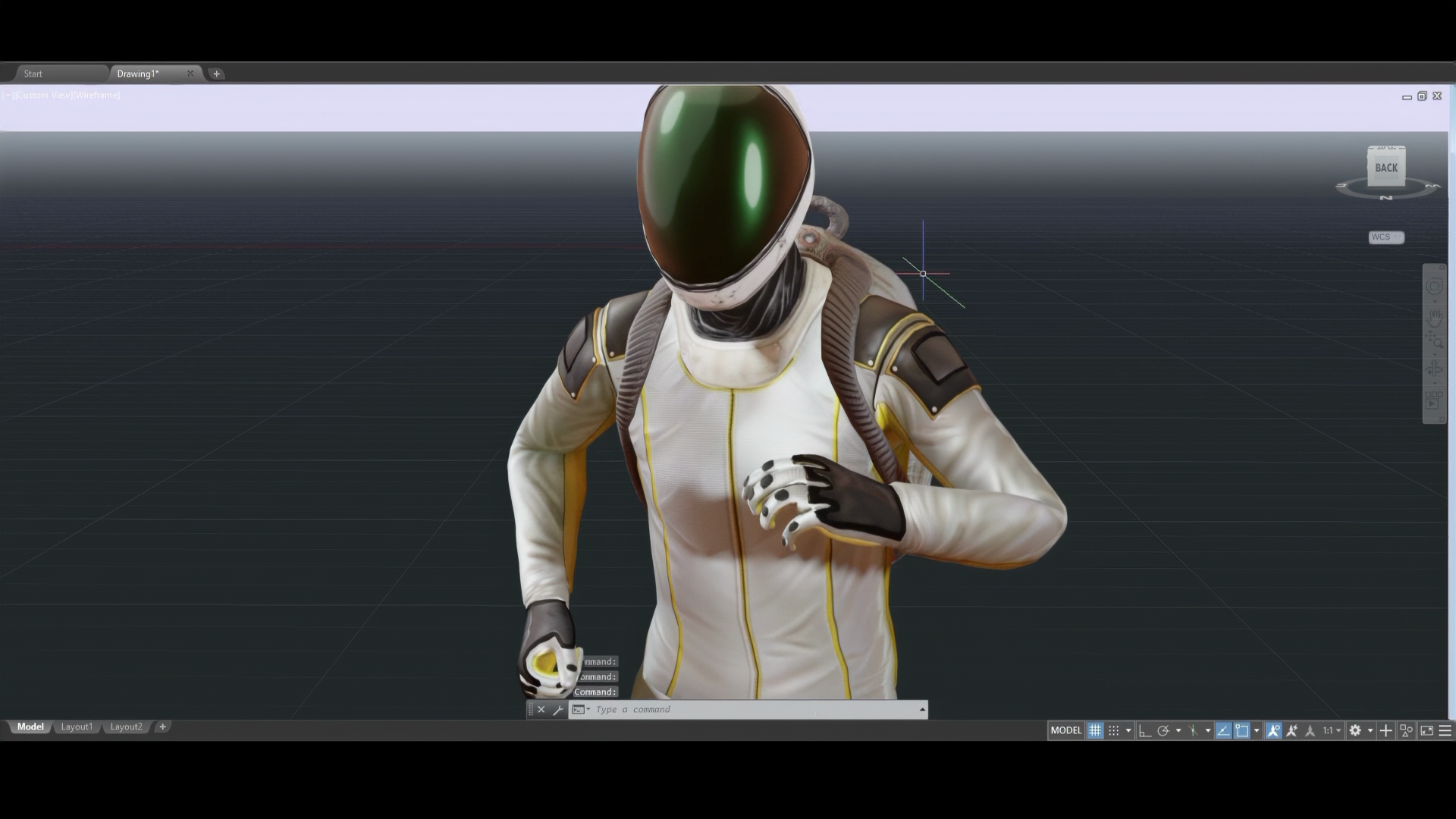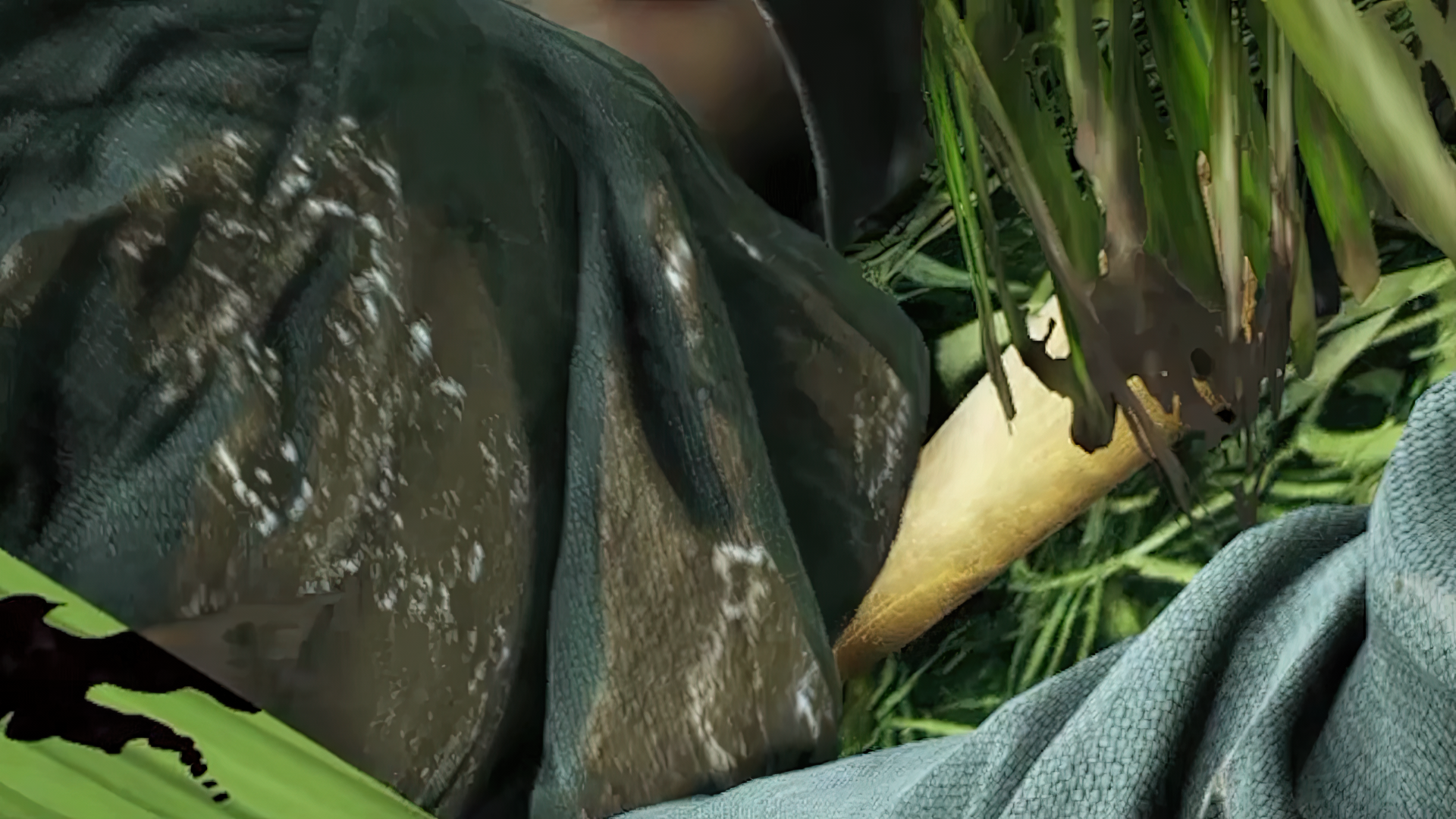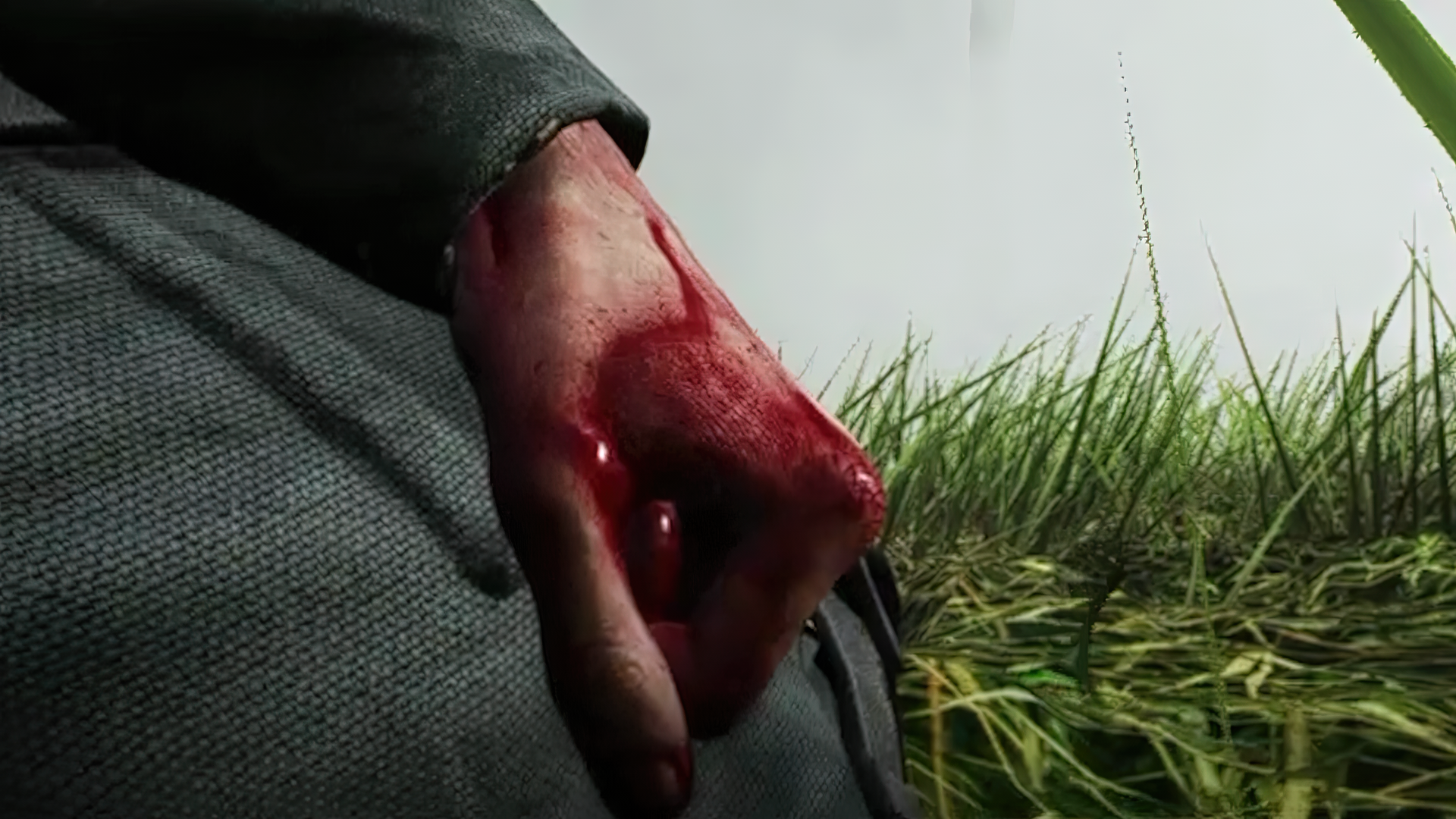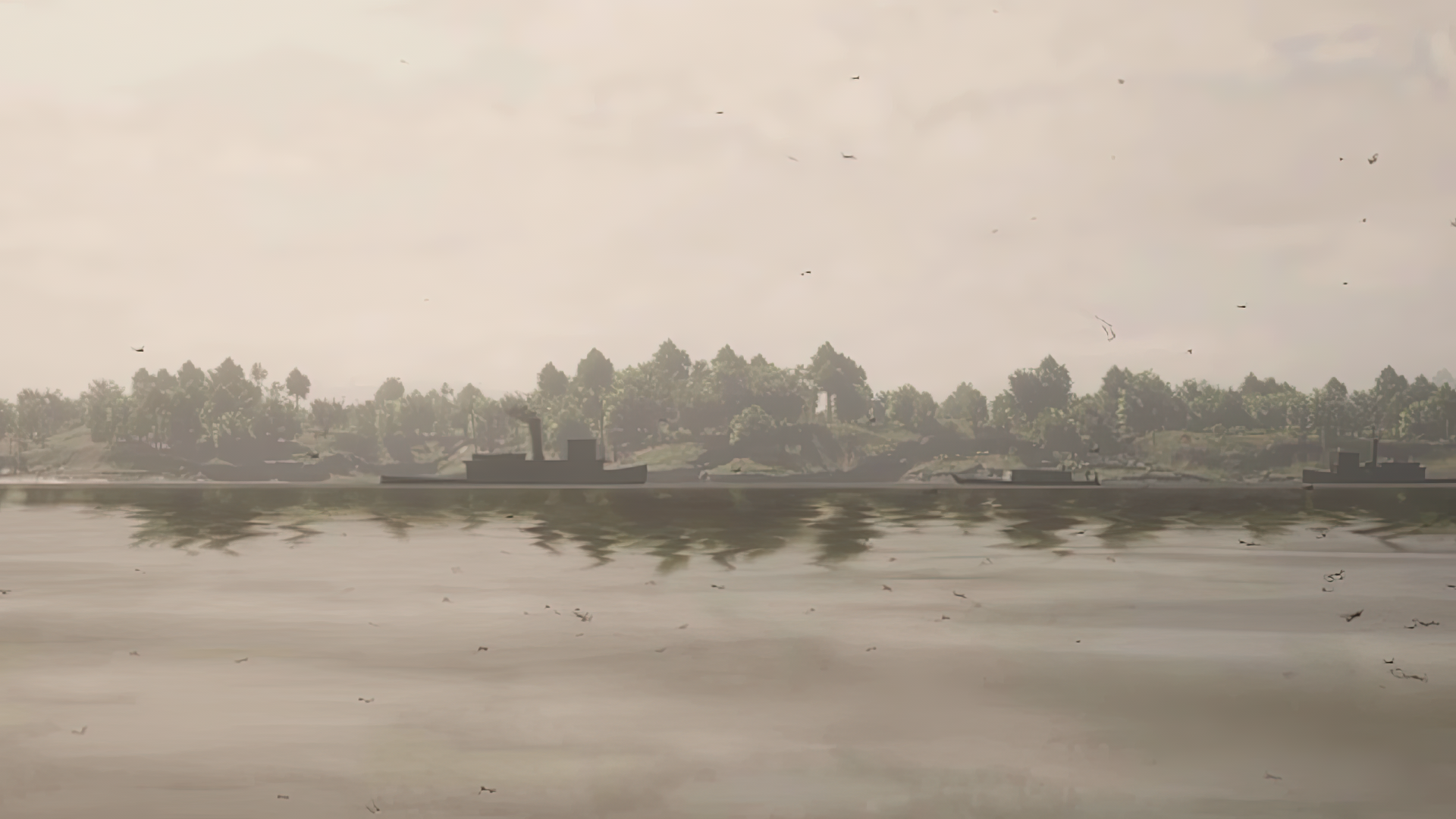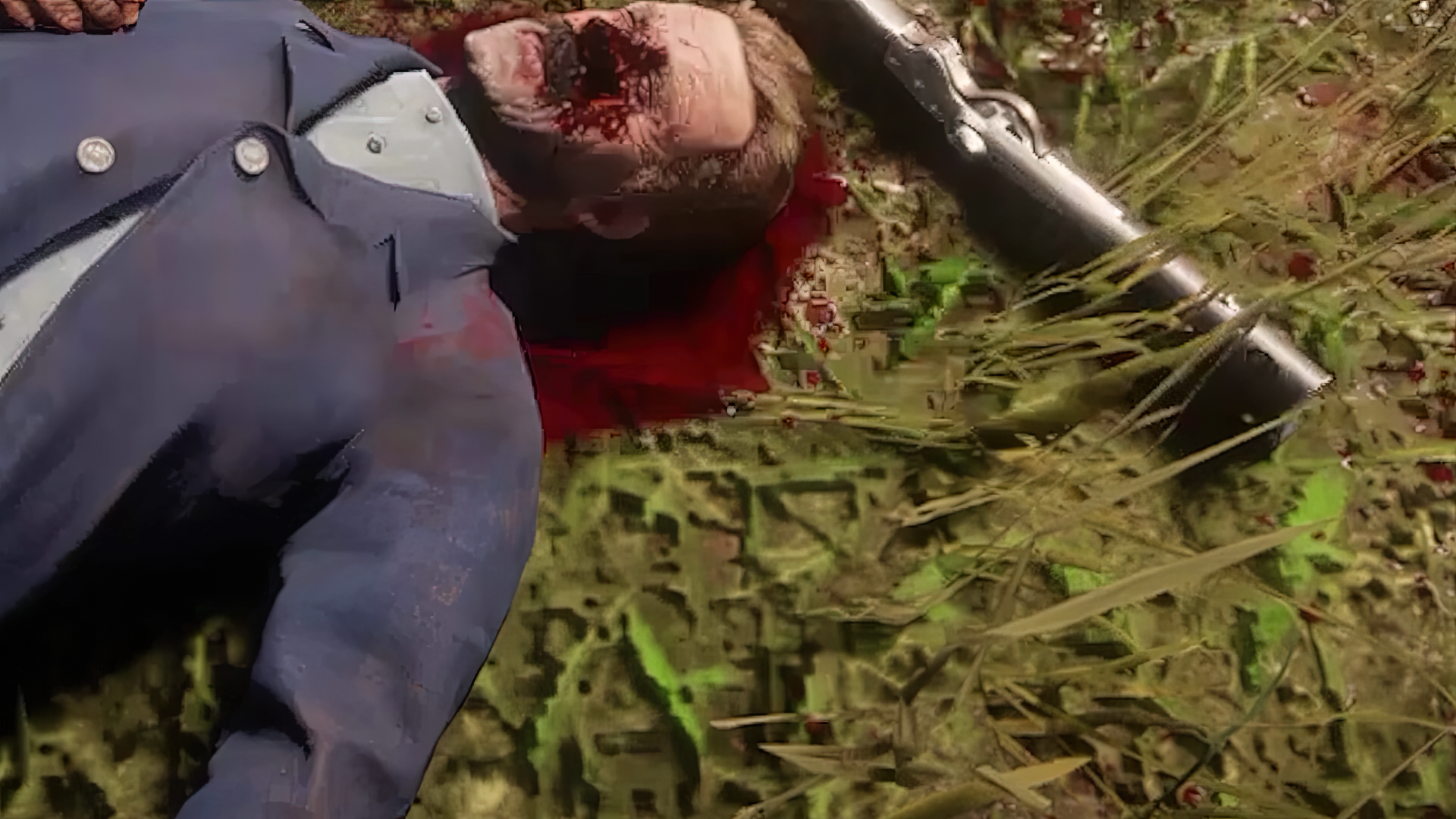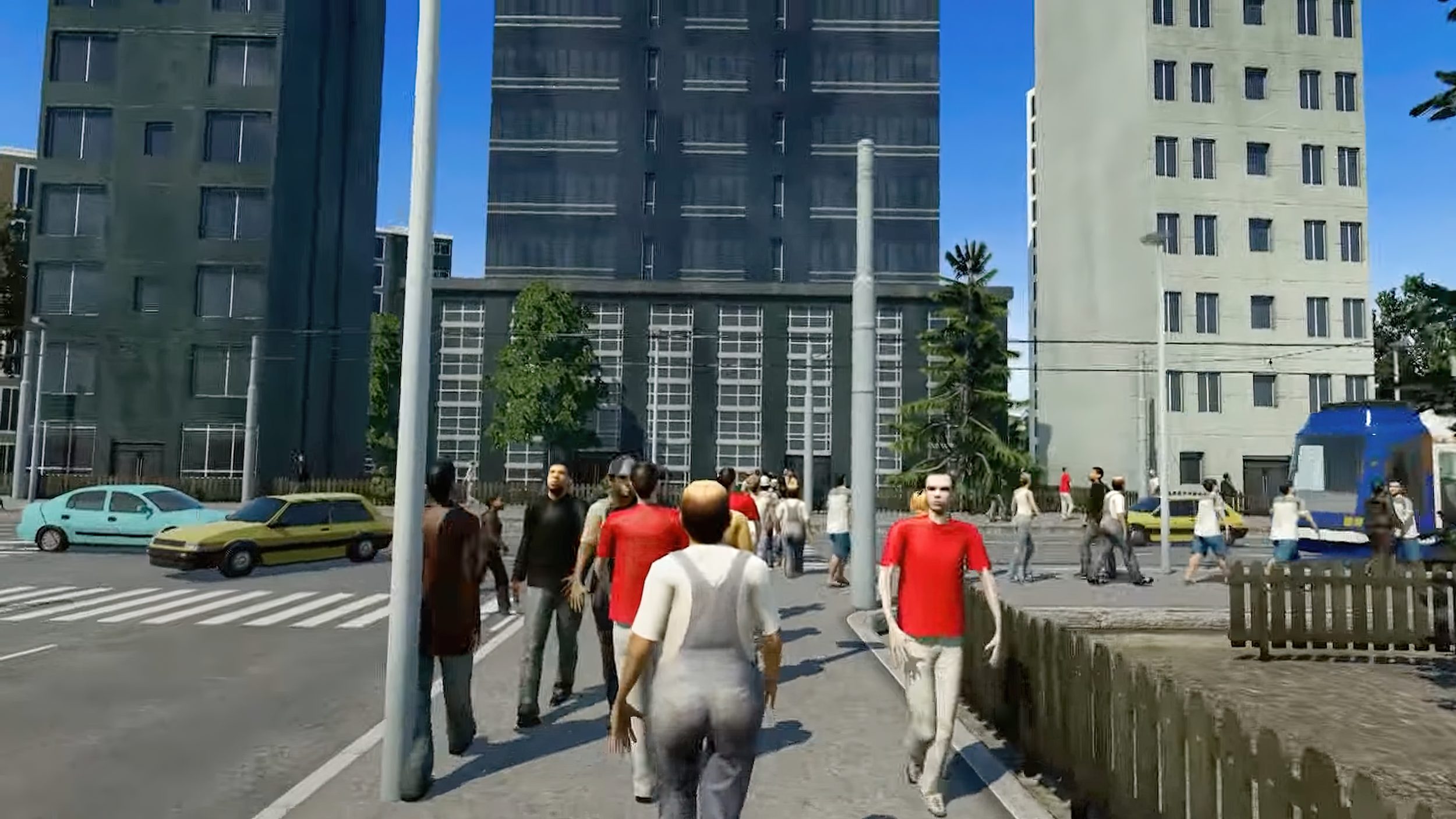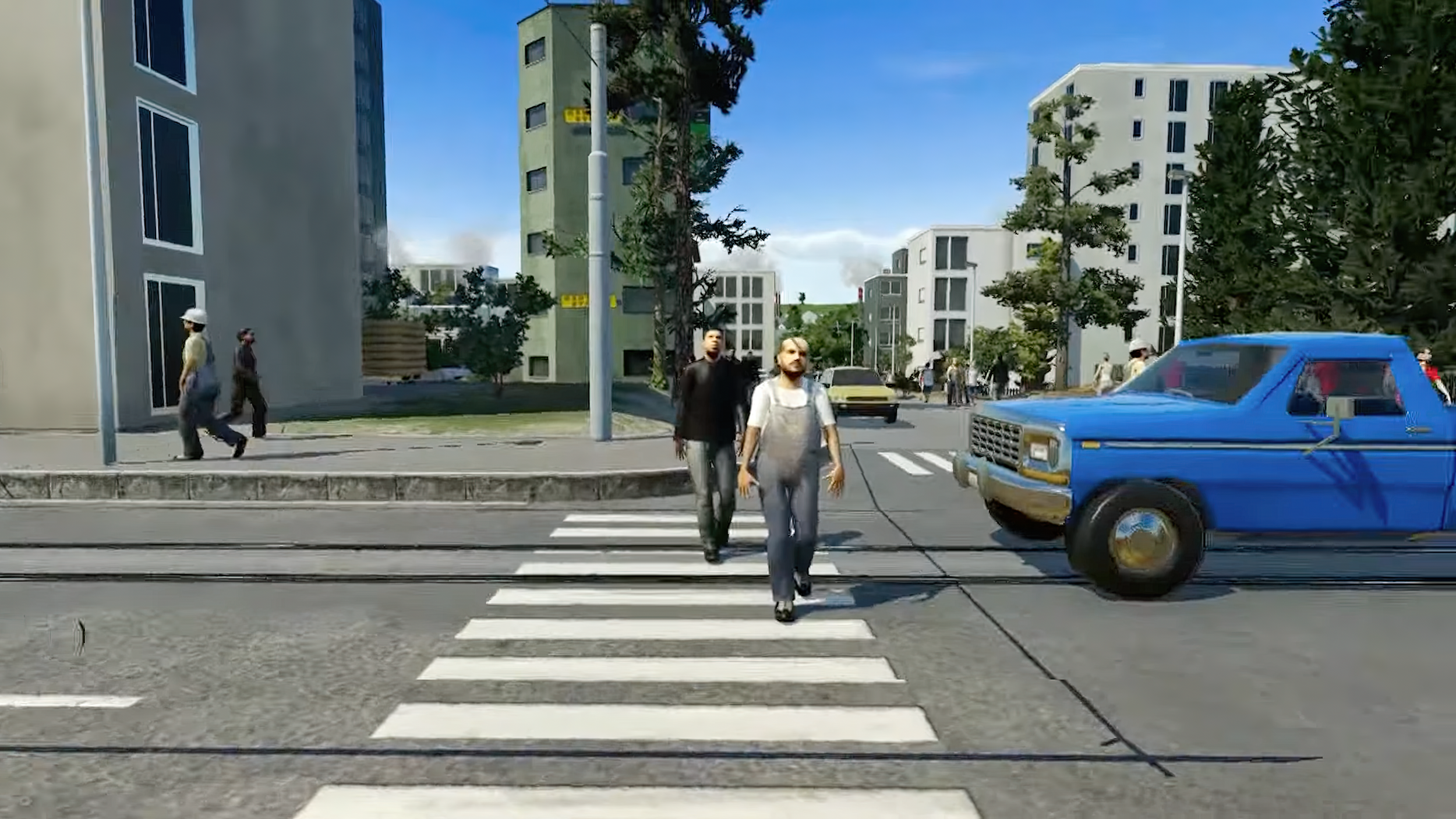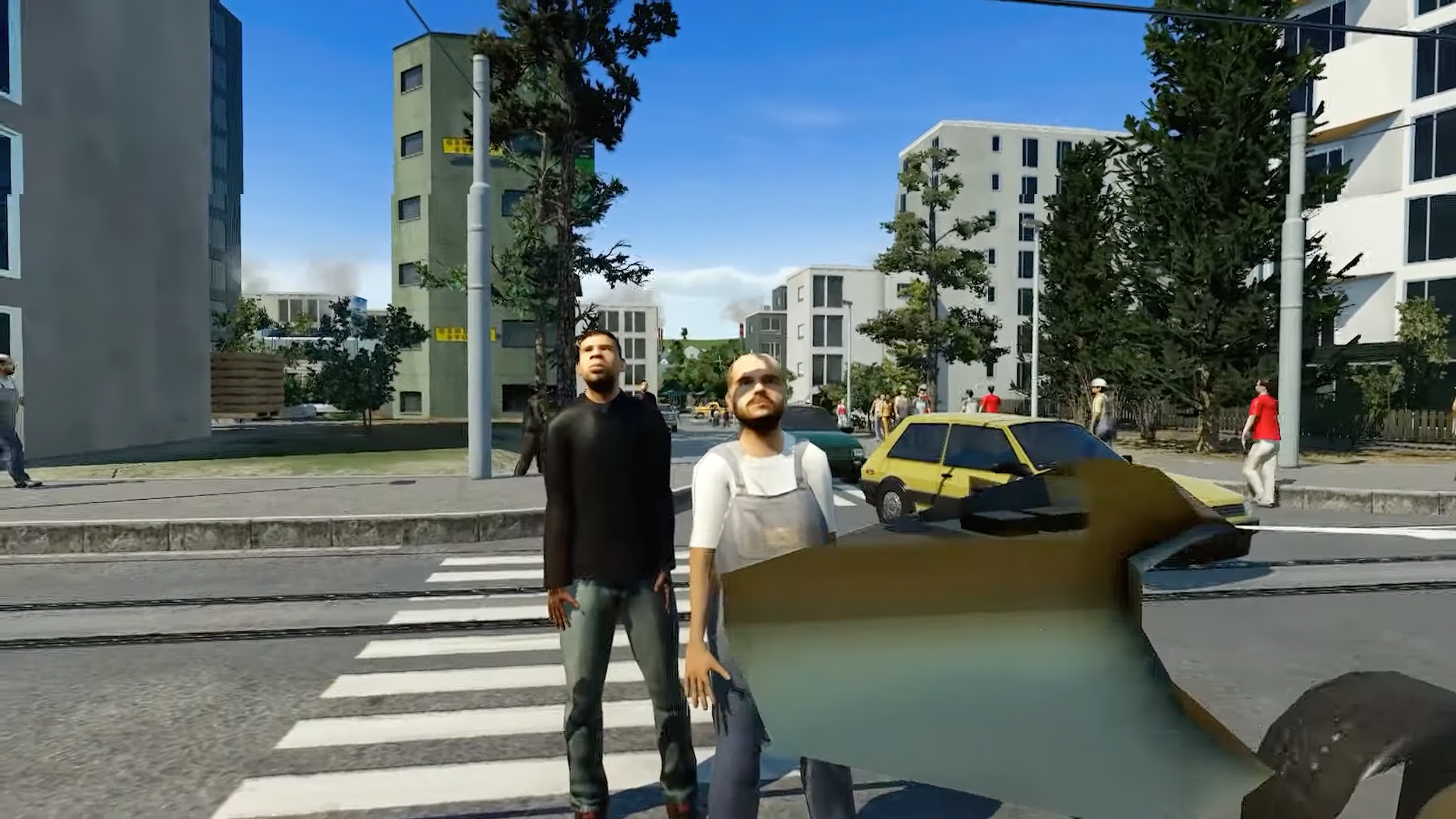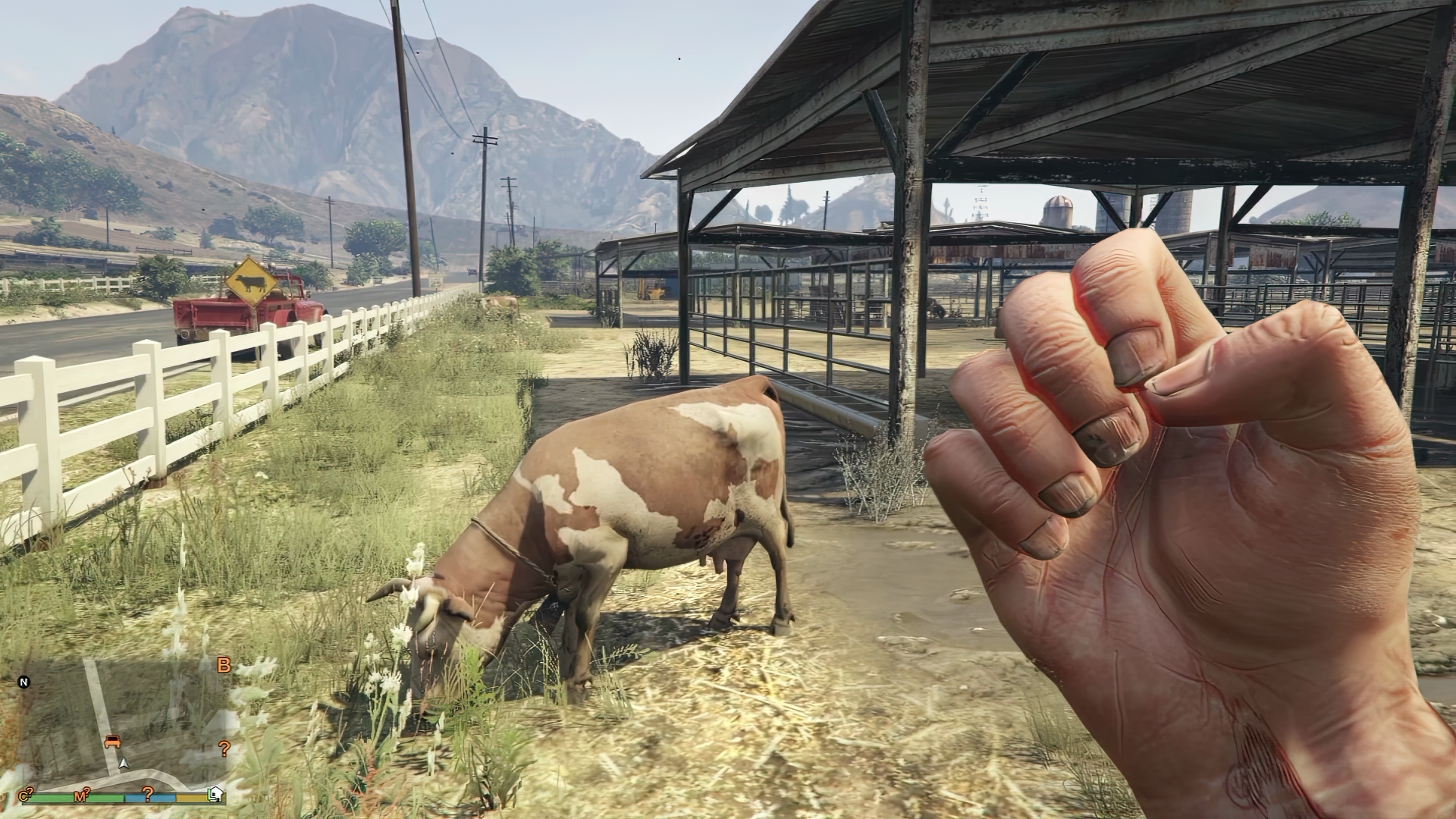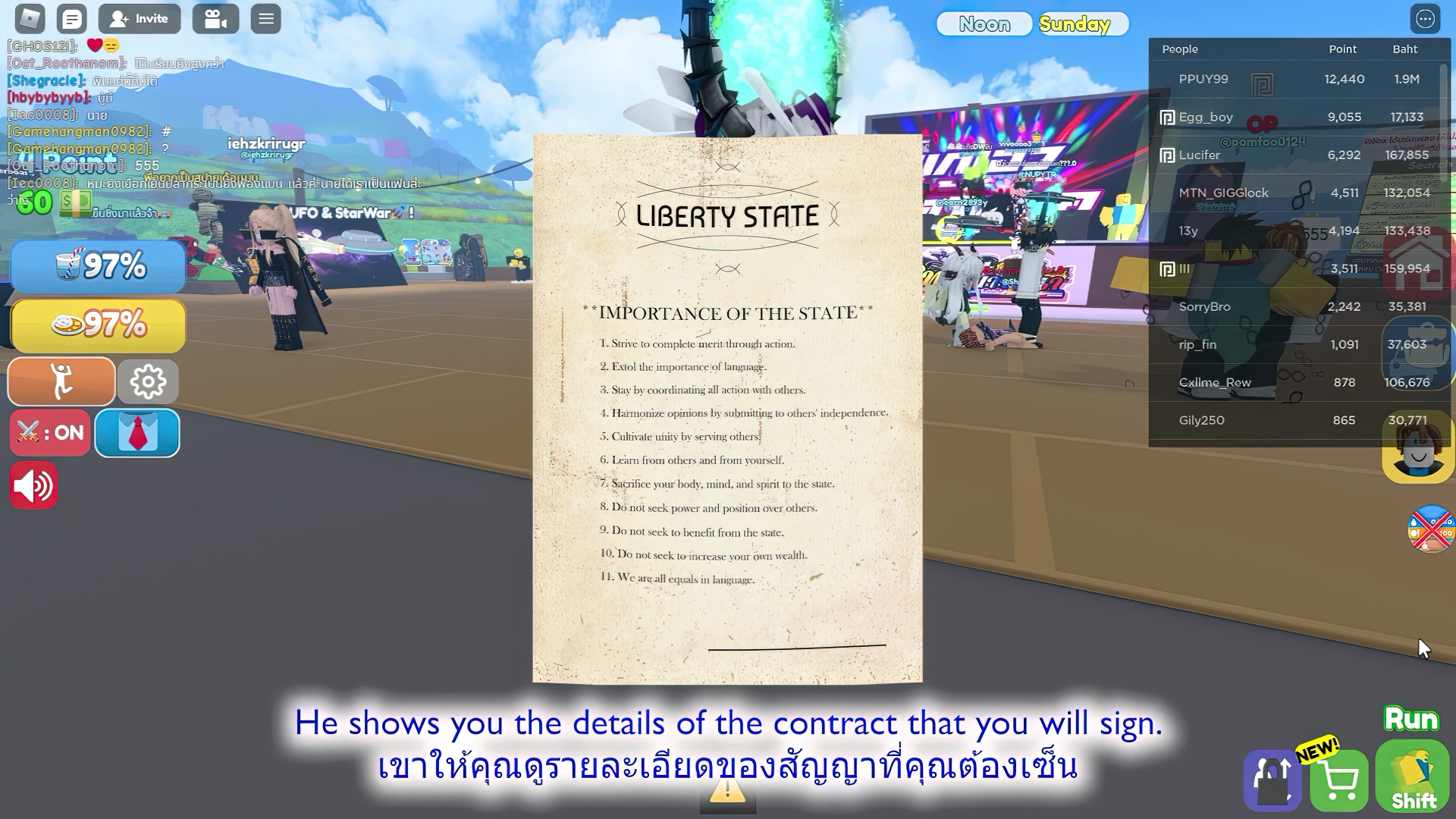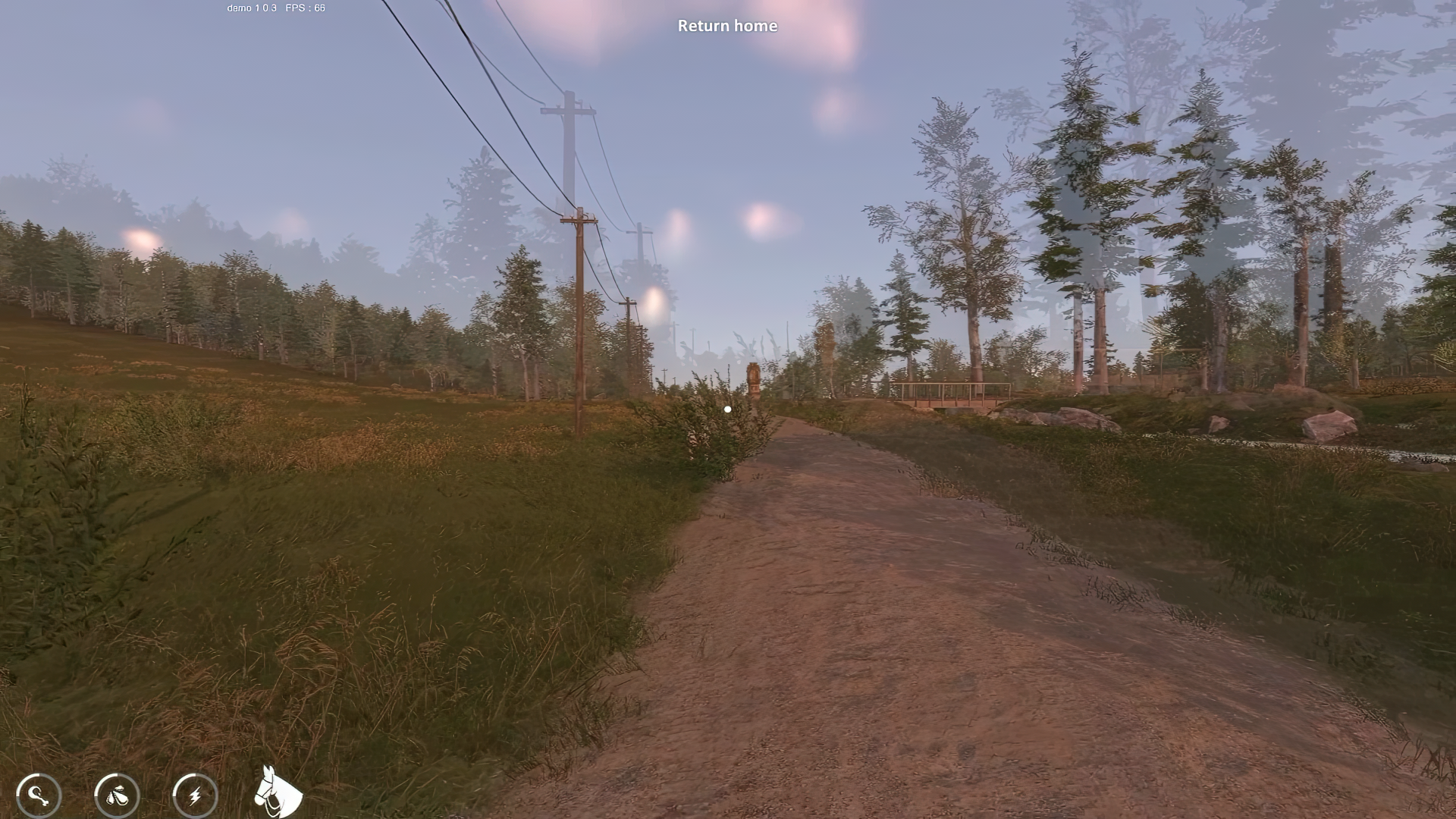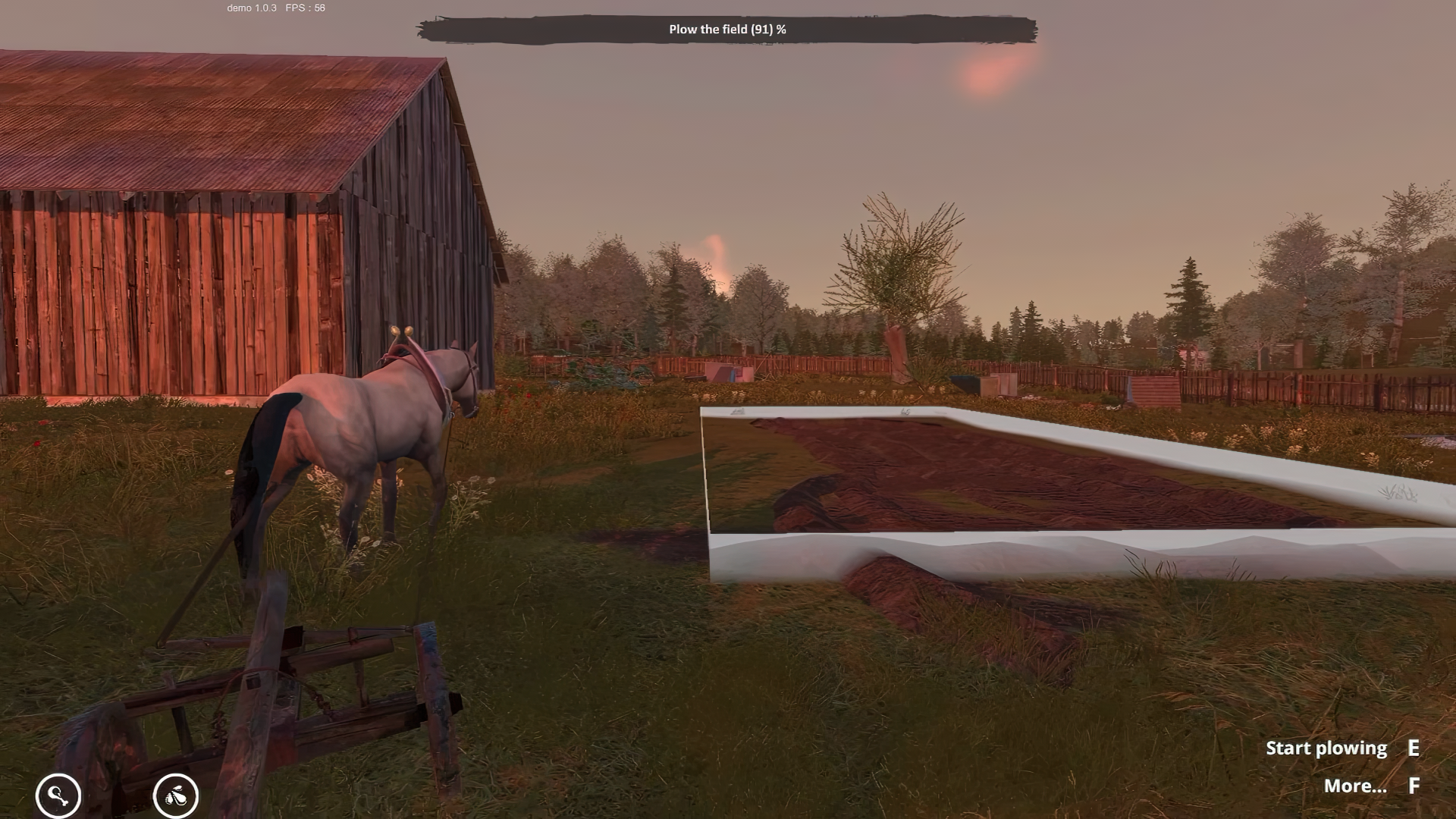PATREON-EXCLUSIVE CONTENT
〰️
PATREON-EXCLUSIVE CONTENT 〰️
The Milan Machinima Festival is currently featuring Martin Bell's groundbreaking machinima PRAZINBURK RIDGE in the Counter-Narratives program, alongside three other works. Based on a true story, the machinima is set during World War One, and stars former rugby player for Great Britain Douglas Clark. The athlete finds himself on the Belgian battlefields of Ypres and must rely on his old skills to save himself and his fellow soldiers from shot, shell and poison gas.
Martin Bell has been creating computer graphics all his life. Originally from a Yorkshire mining community, Martin moved to London and became a CG artist over 15 years ago. As an animator and film visualization supervisor, he has created huge action sequences for Hollywood productions such as Jurassic World, James Bond, Marvel, Fast & Furious, 1917, Aladdin, the DC Universe and The Wheel of Time. His first short, PRAZINBURK RIDGE premiered at Wigan & Leigh Film Festival 2022, a BIFA-qualifying festival, where it won the award for Best Animation. It was also selected for SPARK Animation Festival in Vancouver, Clones Film Festival, Tbilisi International Animation Festival, and Dispatches of War Festival among others.
We talked to Martin Bell about his practice as a machinimaker and his first solo project, PRAZINBURK RIDGE.
Matteo Bittanti: Can you describe your trajectory from CGI wizard to filmmaker? What led you to explore cinema as a medium and as an artform?
Martin Bell: I always wanted to make films. When I was eleven, I tried to make an Aliens sequel using DeluxePaint IV on my Amiga: that was probably my first unfinished project, many more would follow.
Jurassic Park was what sealed it for me though, when dinosaurs suddenly came alive in front of me. I knew I wanted to be a part of that. In my CGI/VFX career I have always tried to steer myself towards the most creative roles possible – I wanted to be an animator to create my own stories, not necessarily other people’s stories. So eventually I ended up in film previsualisation for Jurassic World: Fallen Kingdom and found that to be a role I could be creative in, while contributing to a film franchise I loved. Later, the opportunity to supervise previs came along, and put me in an even more creative position. But meanwhile the desire to create my own films had been growing, and I’d been writing scripts. I’d been introduced briefly to Unreal Engine and knew it could potentially be something I could utilise but I hadn’t had chance to learn it yet, and then Covid-19 hit.
Matteo Bittanti: Very apropos... There’s a new generation of innovative filmmakers that was born during the Covid-19 lockdown. Forced indoors and unclear about the future, hundreds of creative types around the world began experimenting with different kinds of tools and storytelling techniques. Does this story sound familiar to you?
Martin Bell: Oh, very much so! Covid-19 and the associated lockdowns were awful, but I was conscious that it provided an opportunity to reset things, to take stock and think about what might be next. Without any work to focus on and no creative outlet, I knew I needed to make something, and with the time available I could learn Unreal Engine finally. So I decided I’d make a little three-minute short or something, in Unreal, just as a learning exercise. And PRAZINBURK RIDGE was born.
Matteo Bittanti
Works cited
Martin Bell
PRAZINBURK RIDGE
digital video/machinima, color, sound, 10’, 2022, England
This is a Patreon exclusive article. To access the full content consider joining our Patreon community.


